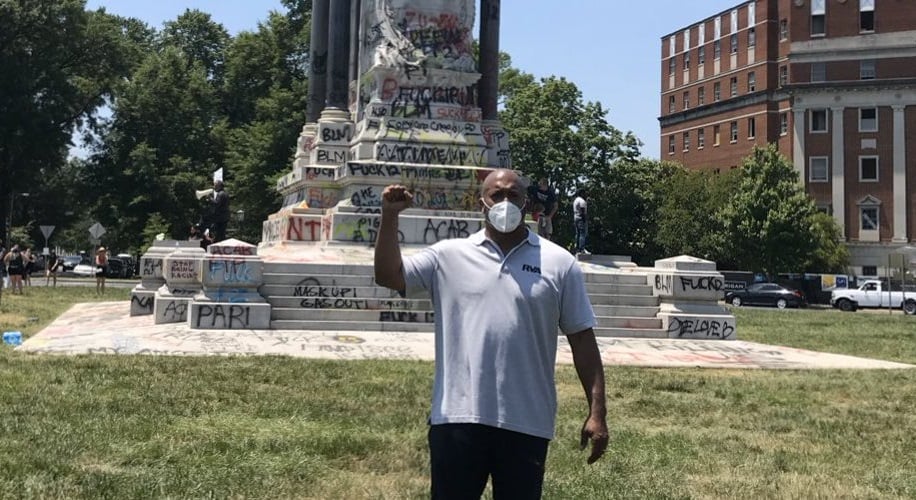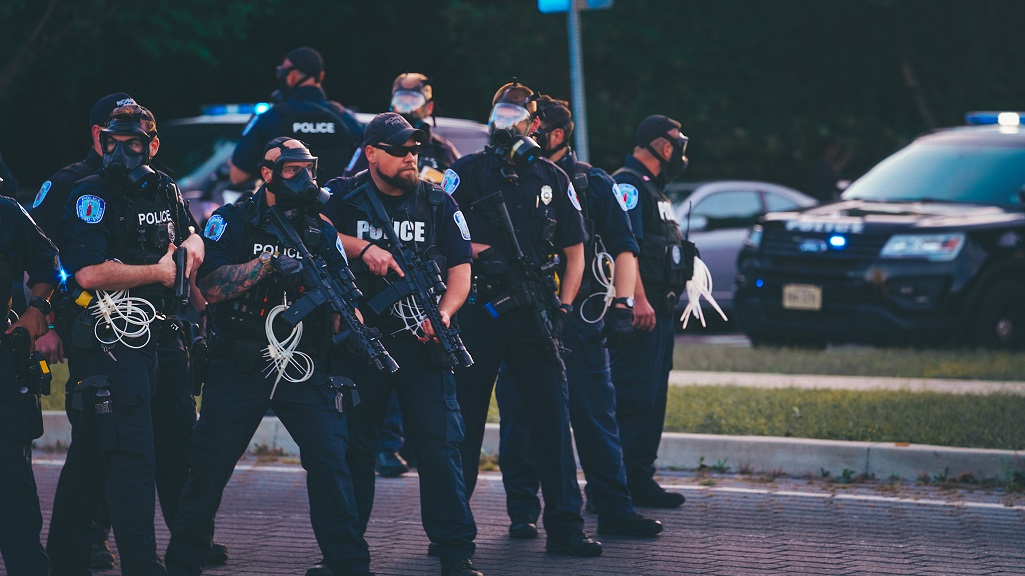Dr. Michael Jones has submitted a bill to ban chokeholds, tear gas, and rubber bullets in Richmond. In this exclusive interview, he talks to RVA Mag about what needs to be done to reform the city's police force. Given the ongoing police violence over the past month,...





